Unfortunately, Los Angeles is plagued by monkeypox. As mysterious as it has become, human scientists have defined it as a disease that is further from the truth.
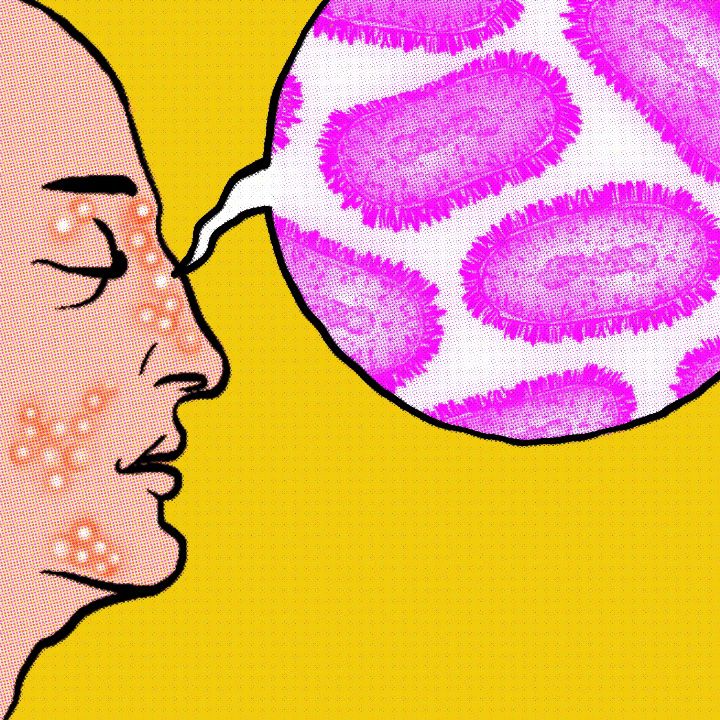

Unfortunately, Los Angeles is plagued by monkeypox. As mysterious as it has become, human scientists have defined it as a disease that is further from the truth.
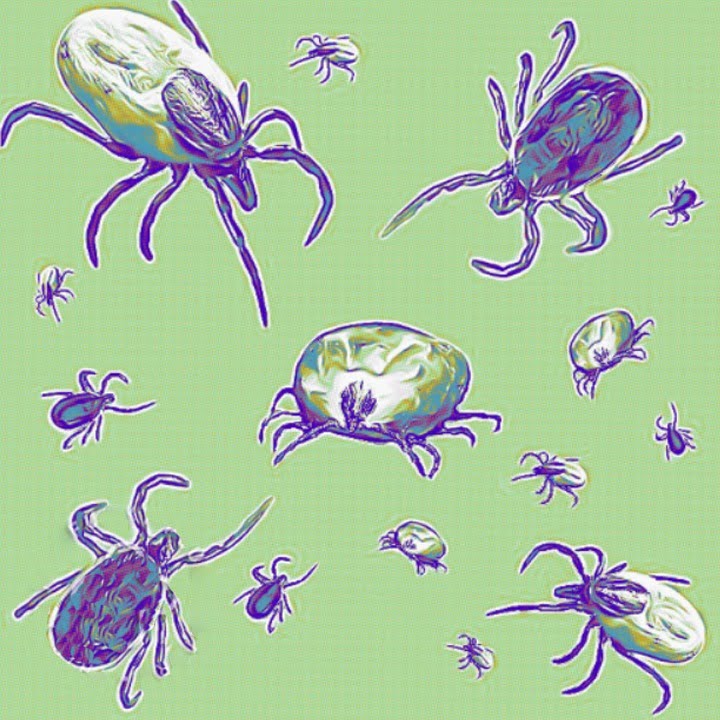
Lyme is recently dubbed the fastest growing disease in the world. At TickEase.com, it is easy to get detailed information, illustrations, and videos about how to check for ticks, and how to remove them correctly.
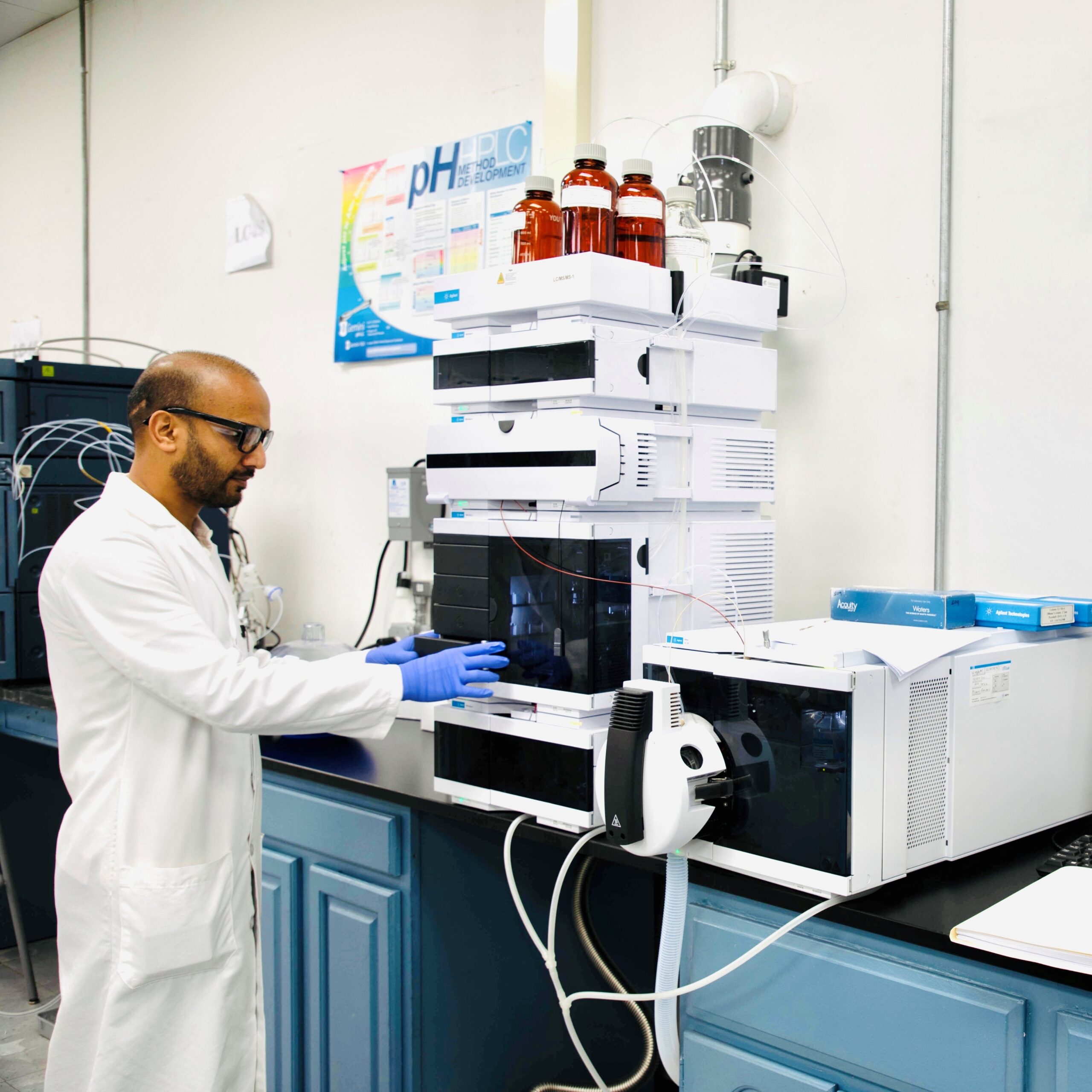
Dr. Sandra Lee of NJ Labs discusses how to prepare for tick season and what to do if you’ve been bit, via 360 Magazine

If you are a frequent buyer of bagged salad or vegetable greens items, you will want to proceed with caution during consumption for the next few weeks. Dole Fresh Vegetables announced on December 23, 2021, that there would be a recall of 180 different packaged salads due to probable contamination with Listeria monocytogenes. The recall affects nine different brands, […]

Beach Yoga SoCal is celebrating Friendsgiving with a month of gratitude offering unique, beachfront wellness experiences throughout the month of November to raise awareness for Lupus LA. The popular Santa Monica wellness studio is offering a Friendsgiving package of “10 shareable classes for $150” through Nov. 30, with 10% of all profit from Friendsgiving sales […]
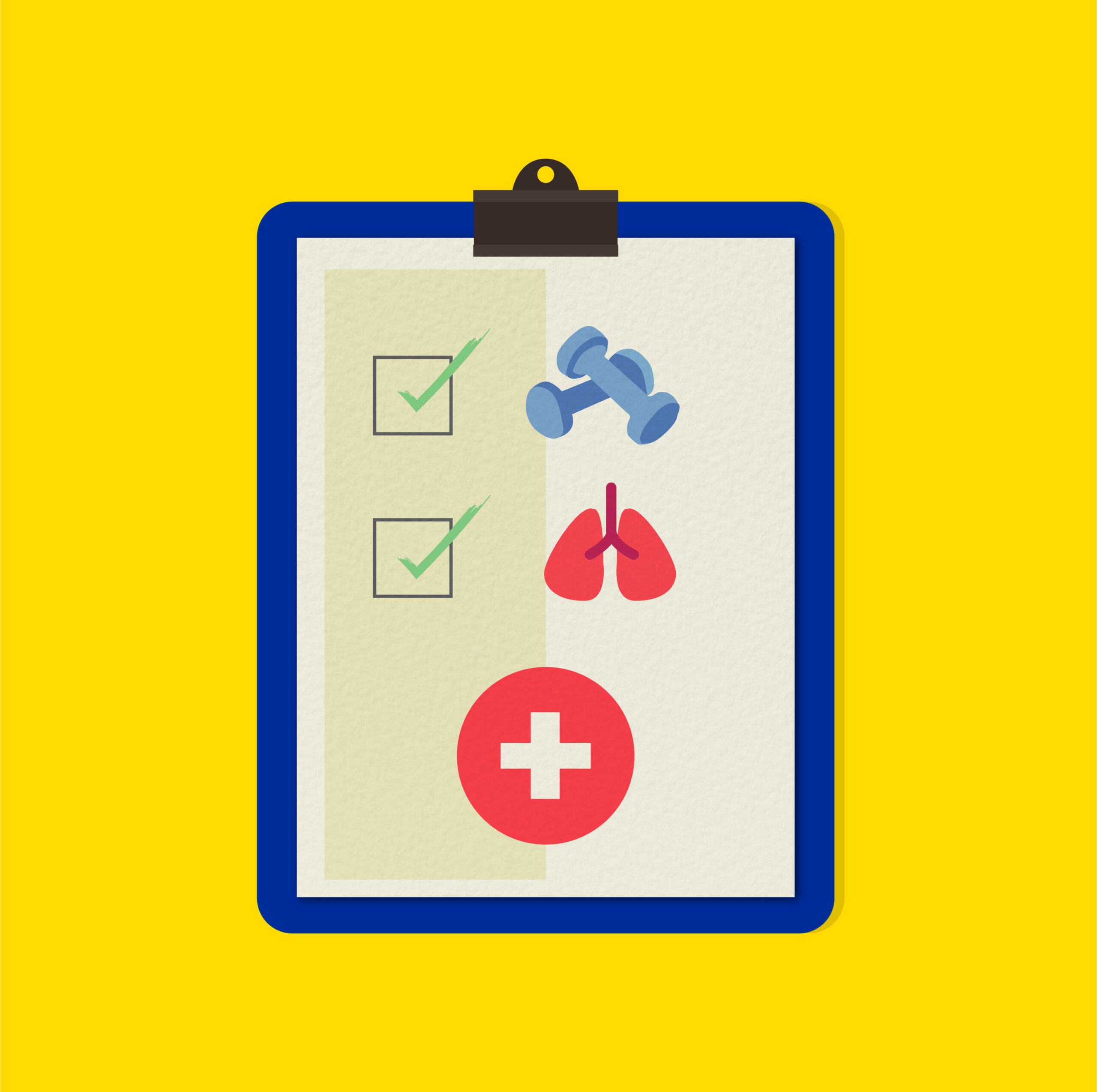
Rice University bioengineers are using 3D printing and smart biomaterials to create an insulin-producing implant for Type 1 diabetics. The three-year project is a partnership between the laboratories of Omid Veiseh and Jordan Miller that’s supported by a grant from JDRF, the leading global funder of diabetes research. Veiseh and Miller will use insulin-producing […]
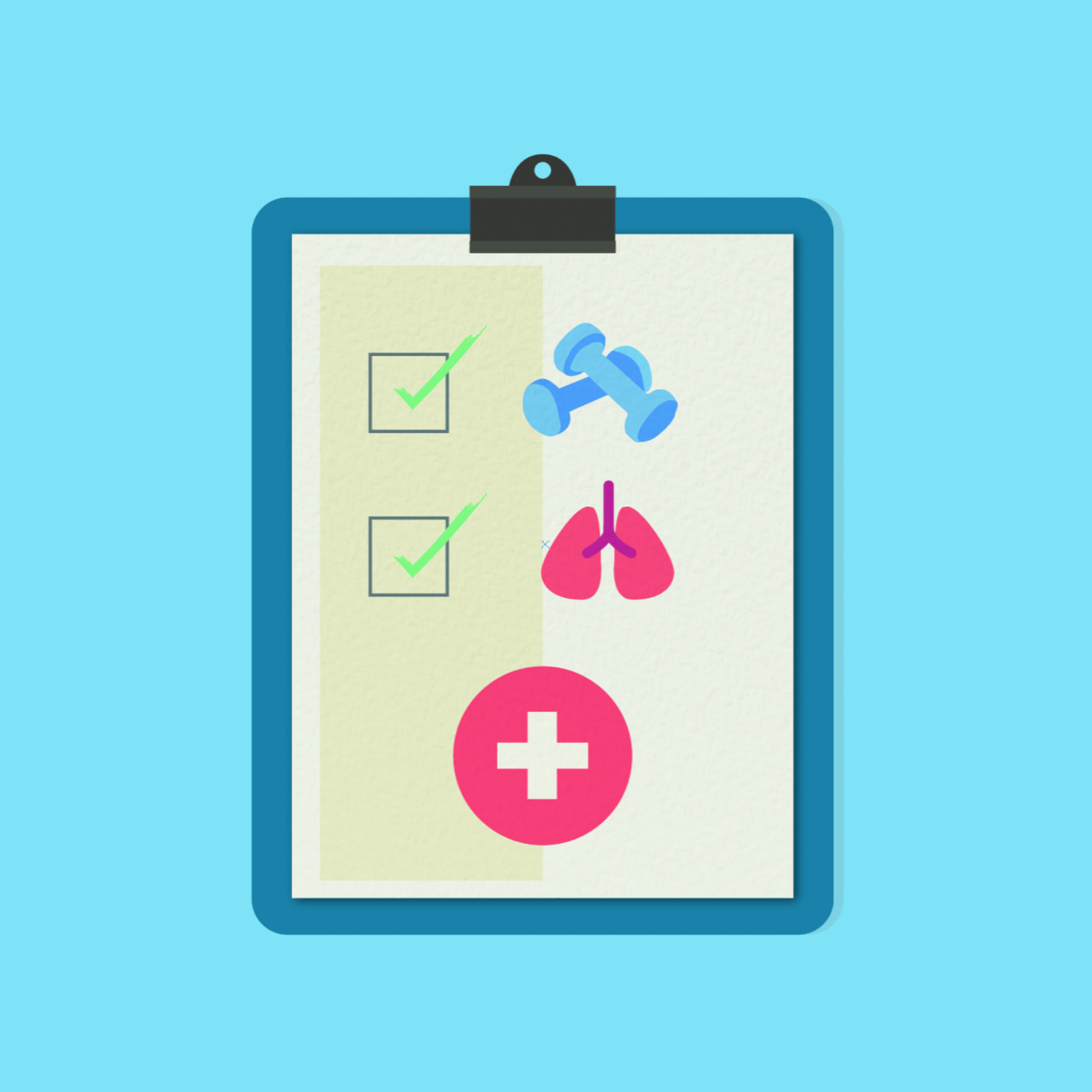
By: Skyler Johnson The Brain Tumor Infocon was an event that took place this past week, via Zoom because of the pandemic. The event was not for cancer patients themselves but for those that cared for them. They gave four talks on four separate days, each regarding a different topic. I attended the workshop focusing […]

Houston Methodist, Rice U. launch neuroprosthetic collaboration Center for Translational Neural Prosthetics and Interfaces to focus on restoring brain function after disease, injury Neurosurgery’s history of cutting diseases out of the brain is morphing into a future in which implanting technology intothe brain may help restore function, movement, cognition and memory after patients suffer strokes, […]
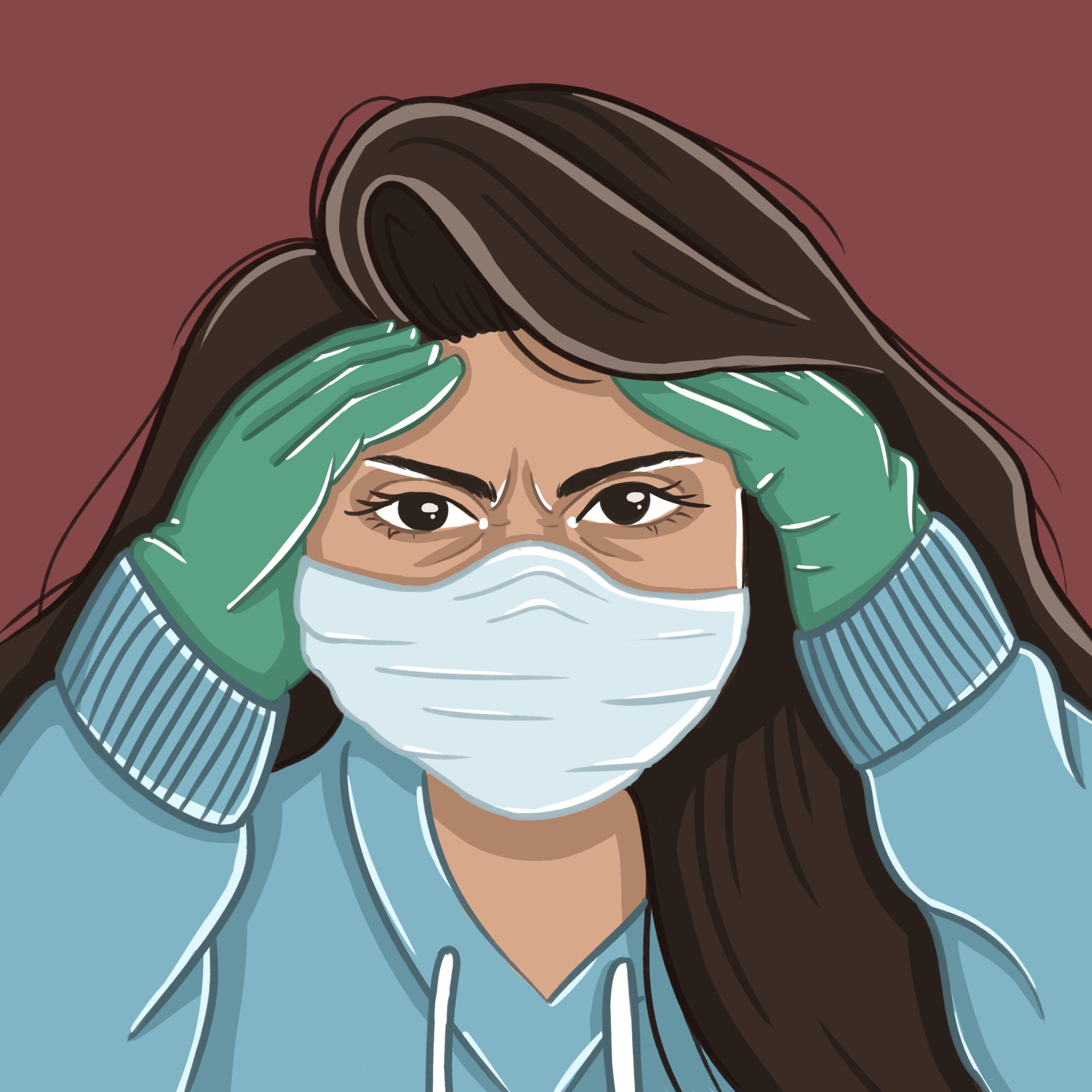
An antibody cocktail being tested at UVA Health and other sites was able to block 100% of symptomatic COVID-19 infections among people exposed to the virus, early results from the clinical trial suggest. In addition, those who developed asymptomatic infections accumulated far less virus in their bodies than usual and saw their infections resolve within a week, […]

A top exercise researcher and colleagues at the University of Virginia School of Medicine have launched an ambitious effort to understand the whole-body benefits of exercise so that doctors can use that information to prevent and treat disease. Zhen Yan, PhD, and his collaborators aim to identify the sources, functions and targets of the molecules […]